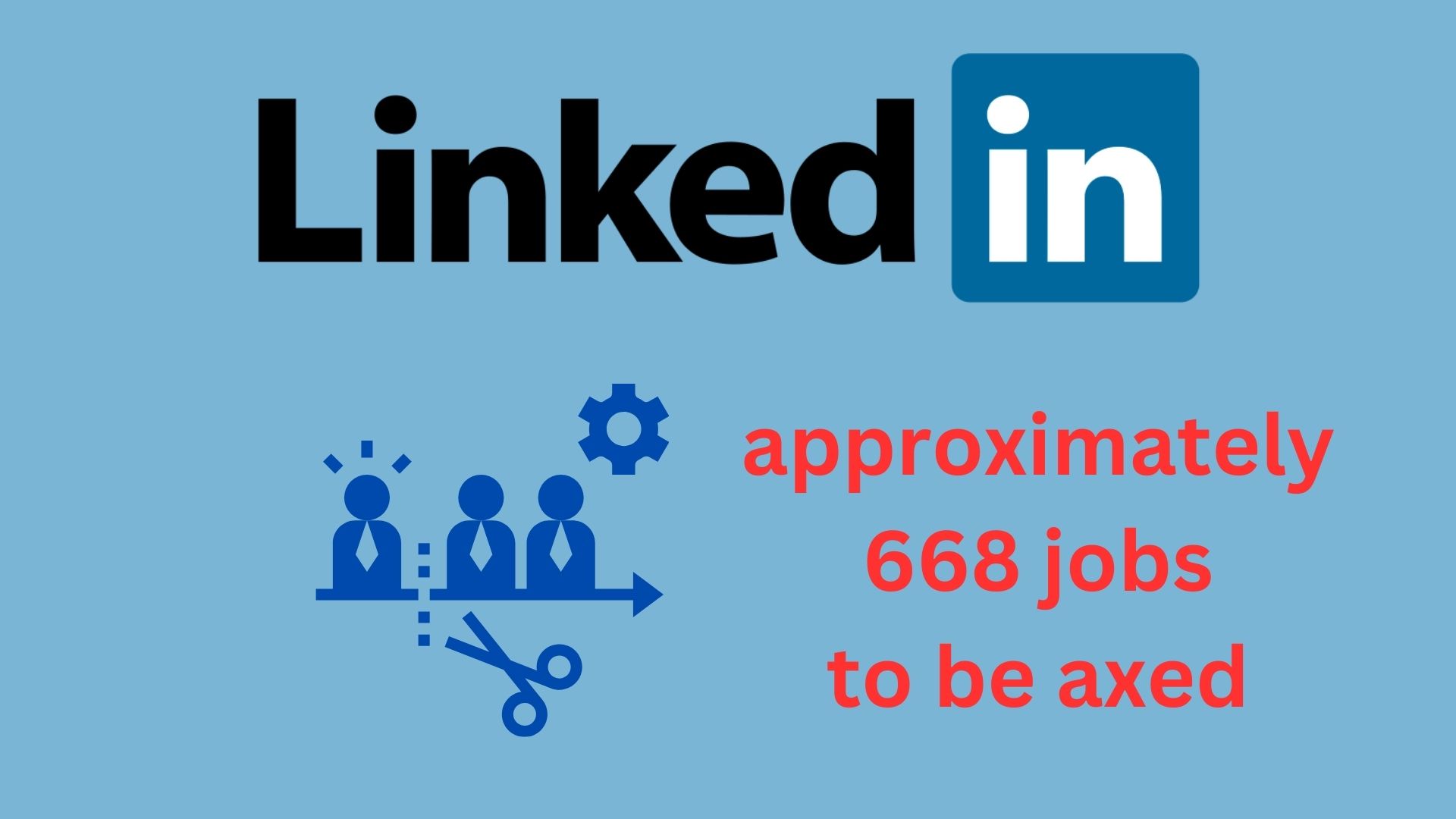LinkedIn, the professional networking platform owned by Microsoft, has recently announced its plan to eliminate approximately 668 positions across its engineering, product, talent, and finance teams. This decision marks the second round of layoffs for the company this year.
As the platform grapples with less demand for its services due to a slowdown in hiring and decreased advertising spend, the move is seen as a strategic effort to streamline operations and continue delivering value to its members.

LinkedIn announces more workforce reductions this year.
A Snapshot of the Layoff
The layoffs represent around 3% of LinkedIn’s workforce, which comprises almost 20,000 employees.
It isn’t the first time this year that LinkedIn has laid off hundreds of jos; in May LinkedIn cut about 716 roles. All in all, these layoffs tally up to a total of 1,384 job cuts for the year.
“While we are adapting our organizational structures and streamlining our decision making, we are continuing to invest in strategic priorities for our future and to ensure we continue to deliver value for our members and customers,” the company said in a statement.
The impacted roles span across diverse teams including engineering, talent, product, and finance. This decision is part of LinkedIn’s broader strategy to adapt to the changing economic landscape and align its resources with its strategic priorities.
The Impact on LinkedIn’s Revenue
Despite these job cuts, LinkedIn has reported a steady revenue growth. In the fourth quarter of its fiscal 2023 year, LinkedIn’s revenue increased by 5% year-on-year. However, this was a decrease from the 10% growth seen in the previous quarter.
The slowdown in revenue growth can be attributed to a combination of factors. A slowdown in hiring, coupled with a decline in advertising spending, has impacted LinkedIn’s revenue streams, which primarily come from job ad listings and premium subscriptions.
Nonetheless, the company has continued to add new members to its community, which currently stands at around 950 million users.
The Bigger Picture: Job Cuts in the Tech Sector
It’s not only LinkedIn axing jobs. The tech sector has announced significant job cuts this year. Employment consultancy Challenger, Gray & Christmas, reported that the tech sector in the US has announced more job cuts than any other sector this year – with over 150,000 layoffs.
Among the tech giants, Amazon, Meta, and Google’s parent company Alphabet have all announced layoffs. In January 2023, Microsoft, LinkedIn’s parent company, announced 10,000 layoffs.
The Role of AI-Powered Technology
The announcements comes as tech companies continue to pour more and more money into AI solutions. Microsoft, for instance, has invested billions in ChatGPT. While Google has developed and worked on improving its maching learning model Bard – which can generate human-like text based on a given prompt.
“We continue to use AI to help our members and customers connect to opportunities and tap into the experiences of experts on the platform. Our AI-powered collaborative articles are now the fastest-growing traffic driver to LinkedIn,” the company said.
As businesses increasingly turn to AI to streamline operations and improve efficiency, the role of AI in job creation and job displacement becomes a topic of keen interest and debate.
Conclusion
The recent layoffs at LinkedIn underscore the ongoing challenges faced by businesses in the wake of changing economic conditions. As companies navigate these uncertainties, strategic decisions such as job cuts may be necessary to ensure long-term sustainability and growth.
Despite the layoffs, LinkedIn remains committed to its mission of connecting professionals around the world and providing value to its members. With continued investments in strategic initiatives and AI technology, the company is poised to adapt and thrive in the evolving economic landscape.
The unfolding situation at LinkedIn serves as a reminder of the dynamic and ever-changing nature of the business world. As companies adapt to the shifting economic landscape, it is essential for professionals to stay informed and prepared for the changes that lie ahead.
